How to collect art deco enamel
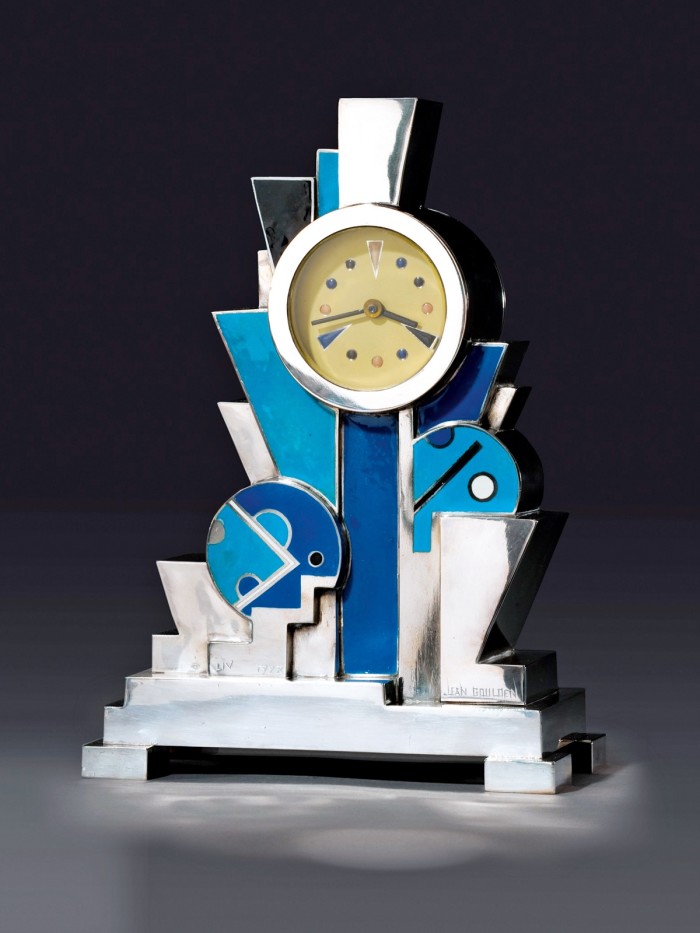
Roula Khalaf, Editor of the FT, selects her favourite stories in this weekly newsletter.
“Enamelling is a slightly lost and secret technique – and actually the better it looks, the older it probably is,” says Kristian Spofforth, head of Sotheby’s jewellery department in London. Indeed, vitreous enamelling, which fuses glass powder to metal, ceramic or glass at ultra-high temperatures, is a painstakingly difficult process rarely used today; cold enamel is more common, but lacks the lustre of its high-fire counterparts. Dating back to ancient times, enamel came to the fore at the start of the 20th century in the form of feminine, swirling shapes by art nouveau masters such as René Lalique. But it was the enamelware of the rule-breaking jazz age that really popped, using boldly architectural lines on jewellery and objets.
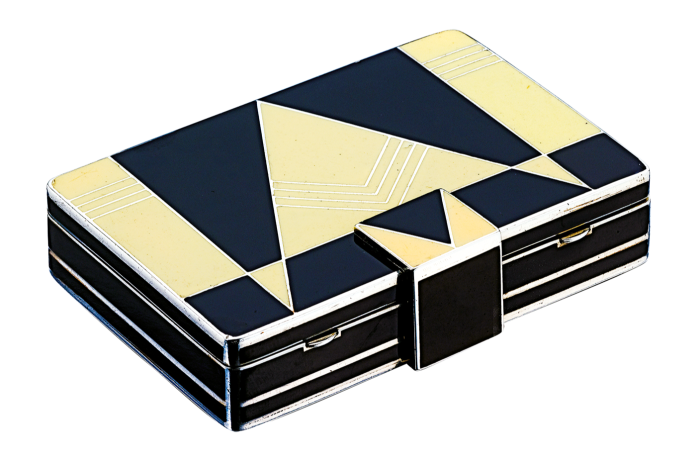
“At the time of art deco,” says Spofforth, “even a simple vanity case would become an enamelled work of art, and many designs look as contemporary today as they did a century ago.” Cue a fetching 1930s Cartier vanity case Sotheby’s sold in 2016 for £14,375, which combines gold with black enamel in a dashing herringbone motif, while a diamond-set watch on the side gives extra pizzazz. “It screams Cartier and art deco, yet is very simple and elegant,” he says, adding that a c1920 Cartier necklace sold last year for HK$300,000 (about £30,000) has a more intricate appeal. With a chain of blue and white enamel flowers peppered with pearls and diamonds, a black enamel pendant hosts a mythological scene in carved bone.
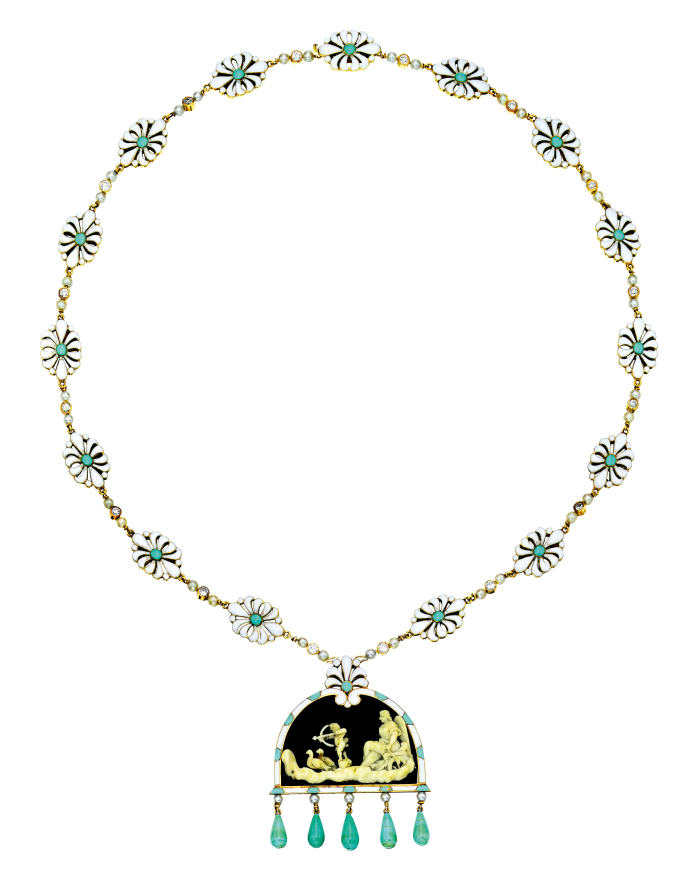
“Cartier was a master of using enamel accents to great effect,” says David Warren, senior international jewellery director at Christie’s, which sold a jewel-like c1925 gold Cartier compact in a white enamel geometric pattern, set with a pierced jade panel, for £11,250 in 2016. Also from the French house comes a c1930 black enamel and silver-gilt box, with a stylised floral design, for £11,900 at London jeweller Berganza. Cartier jewellery is at the core of a New York financier’s art deco collection, but her 10 enamel pieces also include “a Belperron ring with stepped shoulders, which evokes a spinning wheel”, she says. “I love the juxtaposition of black enamel and diamonds – it’s very modern. I also have a watch by Ostertag, with enamel on the face, from my grandmother.”
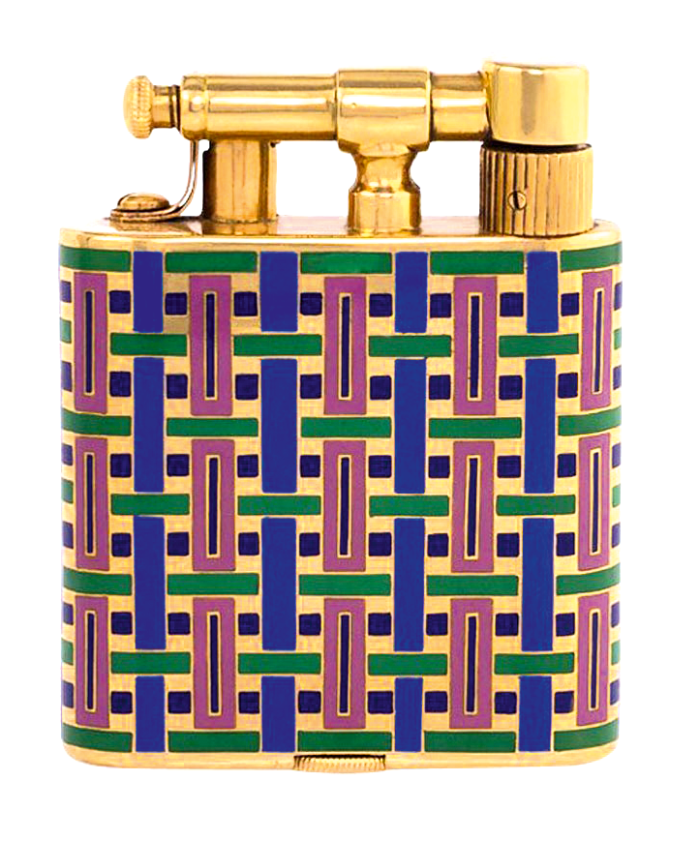
Parisian jeweller Ostertag wasn’t the only one to use enamel on timepieces; a remarkable 1920 Patek Philippe gold dress watch with a crest-like etching in black enamel is “an opulent departure from the watchmaker’s strict minimalist style”, says vintage watch specialist Daniel Somlo, who is offering it for £11,000. Ostertag is represented at New York’s Siegelson by a 1925 gold vanity case, its blue and gold enamel panel decorated with a peacock basking amid red flowers. The dealer also has a c1927 vanity case (both price on request) with a monochrome pattern of layered triangles (a similar piece can be found at the V&A) by Gérard Sandoz.
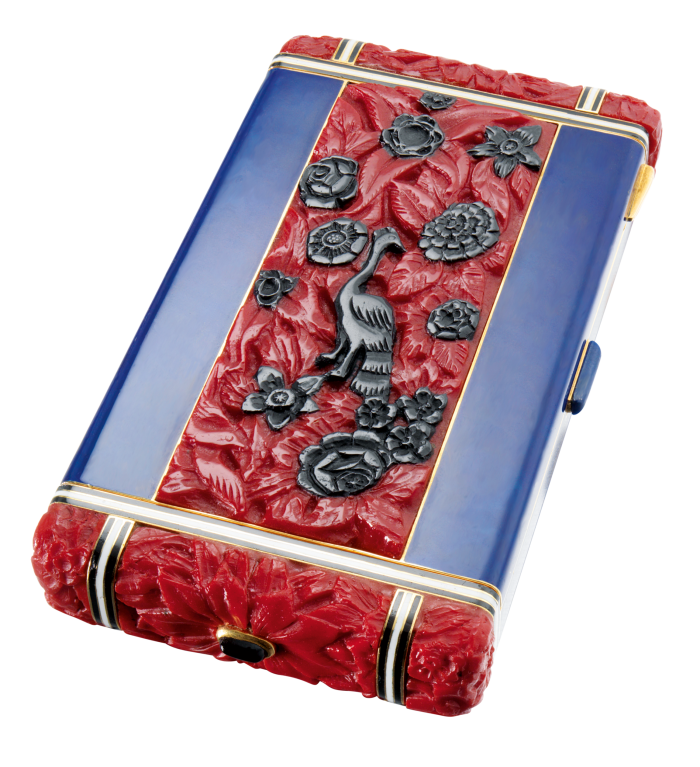
The output of Paris-based jeweller Janesich was also particularly fruitful in the 1920 and ’30s. Take the wildly creative bangle Christie’s sold in 2017 for SFr35,000 (about £28,000); a geometric pattern in red, blue and black enamel is offset audaciously with a snake’s head in rock crystal. 1stdibs hosts a more classic gold case (£8,000) by the house, with a border of black and white geometric motifs, alongside fetching unnamed French pieces – from a c1925 gold lighter (£7,900) with a funky woven pattern of blue, pink and green, to a stylish red and gold minaudière (£6,817).
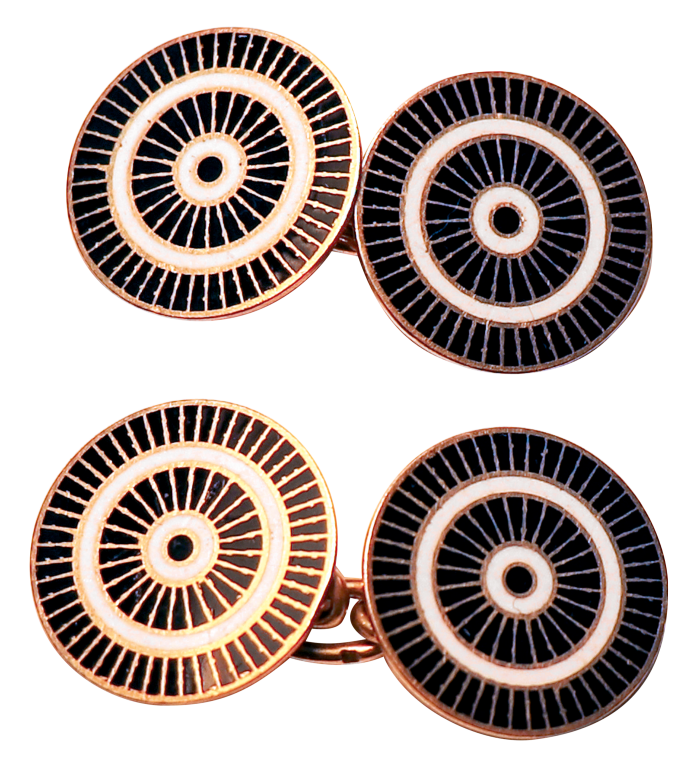
Janesich worked with revered Place des Vosges workshop Strauss, Allard & Meyer on its cases, as did Van Cleef & Arpels, whose extravagant enamel, mother-of-pearl and coral inlay case sold at Christie’s in 2017 for about £219,000 – over an estimate of £36,000-£52,000. Fabergé too is well known for its enamel, particularly in the guilloché style, created on an engraved base; a statement art deco cigarette case in blue and scarlet stripes sold for £313,250 at Christie’s in 2012.
One of the most skilled enamellers of the age was doctor Jean Goulden, who fell for Byzantine enamel while stationed in Macedonia during the first world war. “The artistry and combination of materials make his champlevé work stand out,” says Stephen Kelly, an ophthalmologist and art deco collector whose New York townhouse is now a gallery. “His designs have a strong cubist influence, which I like. And they are rare; he only created about 175 pieces” – several of which Kelly has for sale, including seven boxes (from $75,000).

“The Goulden pieces are displayed alongside my collection of Léger lithographs, Decoeur ceramics and Puiforcat silver,” adds Kelly, whose offering also includes more accessible enamel cufflinks (a smart monochrome guilloché set is $2,900). His favourite item, however, is a Goulden – “his cubistic clock. It’s a real art deco icon and was featured in the landmark Art Deco exhibition at the V&A in 2003, as well as the Cooper Hewitt’s recent The Jazz Age show.” With a $3m price tag, this is one illustrious example of enamel lustre.
Comments